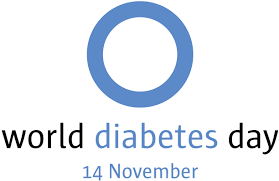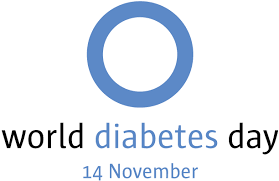
Today is world diabetes day. There will be thousands of activities taking place all over the world educating, informing and training doctors, nurses, other health care workers, people living with diabetes and the general public. Please join in with us by learning a bit about diabetes. Learn the symptoms of diabetes, the differences between type 1 and type 2, and the reasons it’s so important people with diabetes look after their health carefully and we as medical professionals support them to do this.
The Basics
There are two main types of diabetes, known as Type 1 diabetes and Type 2 diabetes although there are also various other less common types.
All types of diabetes are due to problems with a hormone called insulin. Insulin is released by the pancreas when the food we eat is digested. It carries the breakdown products from the starches and sugars we eat from our blood into our muscles to give us energy. It stores any leftover sugars in our liver, muscle and fat cells in case we need it later. If insulin isn’t working some of the sugar ends up staying in our blood rather than ending up in the proper place, until we pee it out. When someone is diagnosed with diabetes the levels of sugar in their blood and urine will be high.
Type 1 Diabetes
Type 1 diabetes develops when cells in the body attack the insulin producing cells in the pancreas. We don’t really know why this happens – research is ongoing, but the likelihood is it is the result of a combination of an infection and having a particular type of genetics. It is not caused by eating to much sugar.
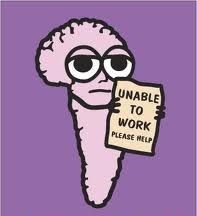
In type 1 diabetes the pancreas stops producing any insulin at all very rapidly, usually over days and weeks. Sugars in the blood become extremely high. Symptoms are often very dramatic. The excess sugar has to be peed out and takes lot of water with it so people are often incredibly thirsty and constantly drinking and peeing. They often lose dramatic amounts of weight in a very short period. If the diabetes isn’t picked up they can become increasingly unwell and end up in hospital requiring insulin and replacement fluid through a drip.
Type 1 diabetes often occurs in children, adolescents and young adults, although it can occur at any age. Insulin is given through several injections a day or a pump connected to a small tube that sits under the skin. It is started at the time of diagnosis and will be needed throughout life.
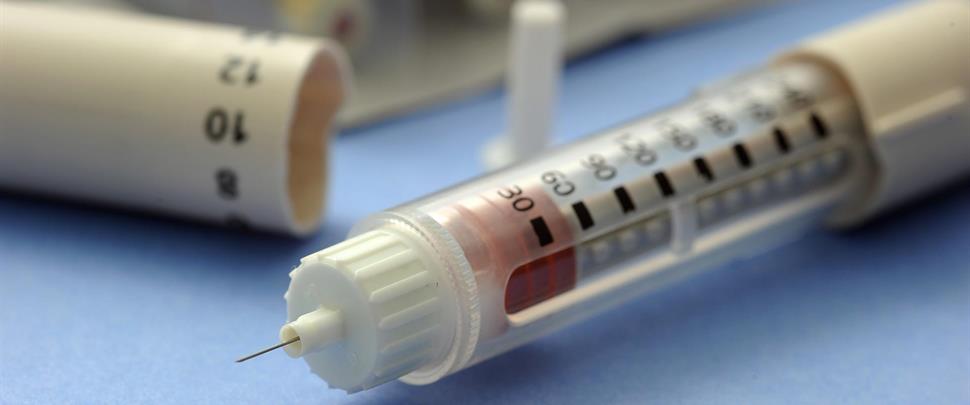
Type 2 Diabetes
In contrast Type 2 diabetes occurs because of a combination of insulin resistance ie. a person’s body not responding to insulin as it should, not enough insulin being produced by the pancreas and other abnormal hormone release. The main reason that people become insulin resistant is obesity, although there are other reasons, like certain medications. 90% of people with type 2 diabetes are overweight or obese. Initially the body manages to produce extra insulin to make up for the insulin resistance and keep the blood sugars under control, however ultimately the pancreas stops working as well, insulin secretion gradually reduces and at some stage type 2 diabetes occurs.
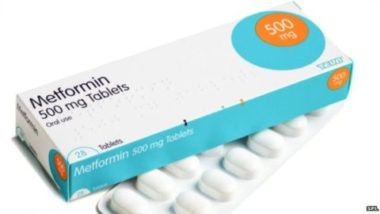
Often, although not always, the symptoms of Type 2 diabetes are much more subtle and it is sometimes picked up on routine blood tests. It tends to affect older people, however due to the obesity epidemic we are increasingly we are seeing it in younger people. Treatment varies from individual to individual although the one thing that is absolutely vital for everyone is a healthy diet and lifestyle. Sometimes it is enough for people to take care of their diet and limit sugars and starches. Sometimes people need tablets to reduce their insulin resistance or help improve insulin production. Over the years, as their pancreas gradually becomes less effective people often need increasing doses and combinations of tablets or even insulin or other injectable therapies.

The Importance of Good Diabetes Control
For both types of diabetes it is incredibly important to keep sugar levels as close to normal as is appropriate for the individual’s situation. This greatly reduces the complications that spring to all of our minds when we hear the word “diabetes” ie. eye and kidney disease, foot ulceration and amputation.
As diabetes also increases the risk of heart disease, stroke and other circulatory problems it is also vital to make sure a person isn’t at risk of these conditions for other reasons, for instance smoking, or having blood pressure or cholesterol problems that aren’t well controlled.
The Bad News
Both type 1 diabetes and type 2 diabetes are becoming more common, especially type 2 diabetes as it’s closely linked to the world-wide obesity epidemic.
The Good News
Over the last couple of decades major studies have clearly shown that improving sugar control greatly limits and can prevent diabetes complications. Emphasis on this in addition to a vastly increased selection of medication, better technology and closer monitoring means that risk of blindness and kidney failure is far less than it was in the past. For people with type 2 diabetes recent research has high-lighted that significant weight loss in the early years after diagnosis can reverse type 2 diabetes completely.
